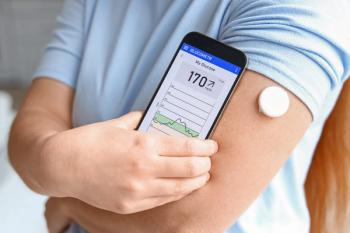
How Walmart plans to save on generics
Walmart has decided to put all its eggs in a really big basket.
While Walmart's pharmacies have had an extensive $4 generics program for years, the retailer has been paying more for generics than other major retailers have paid.
See also:
Now, with the increased buying power it has via its new partnership with wholesaler McKesson Corp., the retailer plans to save a significant amount of money on generics. The two companies will collaborate on sourcing generic pharmaceuticals for their respective U.S. operations and expand their long-term distribution agreement.
No more buying from wholesalers
Walmart purchases an estimated $2.5 billion in generics annually, and now those dollars will move from several different manufacturers to just one source â McKesson.
"The dynamics of healthcare continue to change, and we're changing with it. It's why we are taking our relationship with McKesson to the next level, using our combined size and scale to drive efficiencies, something that is core to our business," said George Riedl, senior vice president and president, Health and Wellness, Walmart U.S., in a company statement.
But some argue that while other chains have had more streamlined generic purchasing systems in place, Walmart has been losing money on generics for years. Publix Super Markets, for example, sources generics from AmerisourceBergen, and Albertsons uses McKesson.
In its earnings report last August, Walmart said that margins in its pharmacy business were being pinched by reduced reimbursement rates from drug plan administrators as well as by fewer people paying in cash. Analysts also argue that Walmart pharmacies are losing a significant amount of money on generics.
Falling behind the pack
Adam Fein
Even though Walmart is the country's fourth largest pharmacy, with revenues (including those of Sam's Club) of about $19.9 billion in 2015, it was one of the last big retailers to purchase generic drugs directly from manufacturers, wrote Adam Fein, PhD, president of
"Despite Walmart's size, it was rapidly becoming an also-ran in generic buying," Fein wrote. "We estimate that its pharmacy business grew slowly in 2015. The two factors that propelled its sales â an industry-leading generic drug discount program and aggressive participation in Medicare Part D preferred network arrangements â have already been matched by other pharmacies."
Consolidated sourcing
For example, as part of AmerisourceBergen's supply agreement with Walgreens Boots Alliance, AmerisourceBergen can source generic drugs and other products through Walgreens Boots Alliance Development. A similar arrangement is in place with
Walmart also stands to benefit from McKesson's additional power to negotiate with generic manufacturers, Fein said, by channeling customers' generic purchasing volume into the company's own OneStop generic program. Last year, McKesson also established McKesson Global Procurement & Sourcing Limited, a London-based subsidiary focused on global manufacturer negotiations.
Looking up
Despite Walmart's lagging pharmacy performance, the McKesson news and other initiatives are already making a difference in the retailer's overall bottom line. In its first quarter 2016 earnings, revenue rose to $115.9 billion, compared to $114.83 billion in the first quarter of 2015, and same-store sales rose 1%.
Newsletter
Pharmacy practice is always changing. Stay ahead of the curve with the Drug Topics newsletter and get the latest drug information, industry trends, and patient care tips.




































































































































